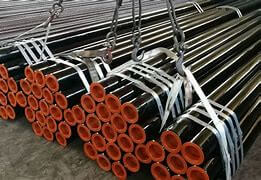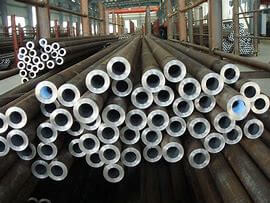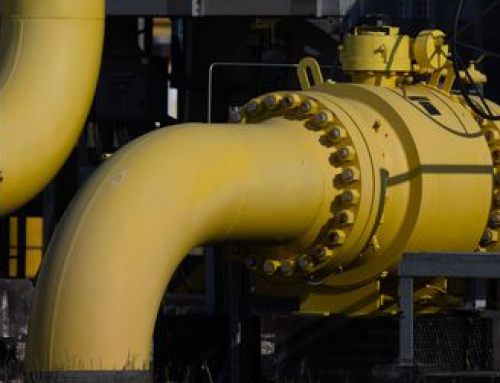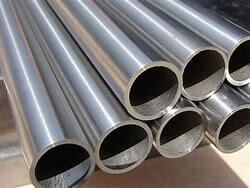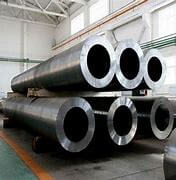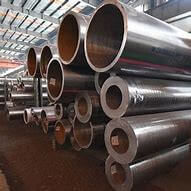20G and SA210C are both types of alloy steel commonly used in the manufacturing of boilers and heat exchangers. However, there are some differences between the two:
1. Chemical composition:
20G is a carbon steel with a chemical composition of C: 0.17-0.24%, Si: 0.17-0.37%, Mn: 0.35-0.65%, P: 0.025% max, and S: 0.025% max. In contrast, SA210C is a low-alloy steel with a slightly different chemical composition, including C: 0.27-0.35%, Si: 0.10-0.35%, Mn: 0.29-1.06%, P: 0.035% max, and S: 0.035% max.
2. Mechanical properties:
The mechanical properties of 20G and SA210C also differ. For example, the tensile strength of 20G is typically around 410-550 MPa (59,500-79,750 psi), while the tensile strength of SA210C is typically around 485-540 MPa (70,300-78,300 psi). Similarly, the yield strength and elongation of the two materials may also differ.
3. Applications:
20G is often used in the manufacturing of steam boilers and pressure vessels, while SA210C is often used in the construction of boilers and heat exchangers in thermal power plants and other industrial applications.
In summary, while 20G and SA210C are both types of alloy steel used in boiler and heat exchanger manufacturing, they differ in their chemical composition, mechanical properties, and specific applications. The selection of the appropriate material will depend on the specific requirements of the application.
In general, it may not be advisable to substitute 20G for SA210C in boiler or heat exchanger manufacturing applications. While both materials are used in similar applications, they have different chemical compositions and mechanical properties that can affect their performance in different operating conditions.
SA210C is a low-alloy steel that has been specifically designed for use in high-temperature and high-pressure applications, such as in boilers and heat exchangers. It has superior mechanical properties compared to 20G, including higher tensile strength, yield strength, and elongation. SA210C also has better resistance to corrosion and erosion, which can be important factors in some applications.
On the other hand, 20G is a carbon steel that has moderate strength and toughness but may not be suitable for use in high-temperature or high-pressure applications. It also has lower resistance to corrosion and erosion compared to SA210C.
In summary, while 20G and SA210C are both used in boiler and heat exchanger manufacturing, they are not interchangeable materials. The selection of the appropriate material will depend on the specific requirements of the application, including the operating conditions, the type of fluid being transported, and the required mechanical properties.
